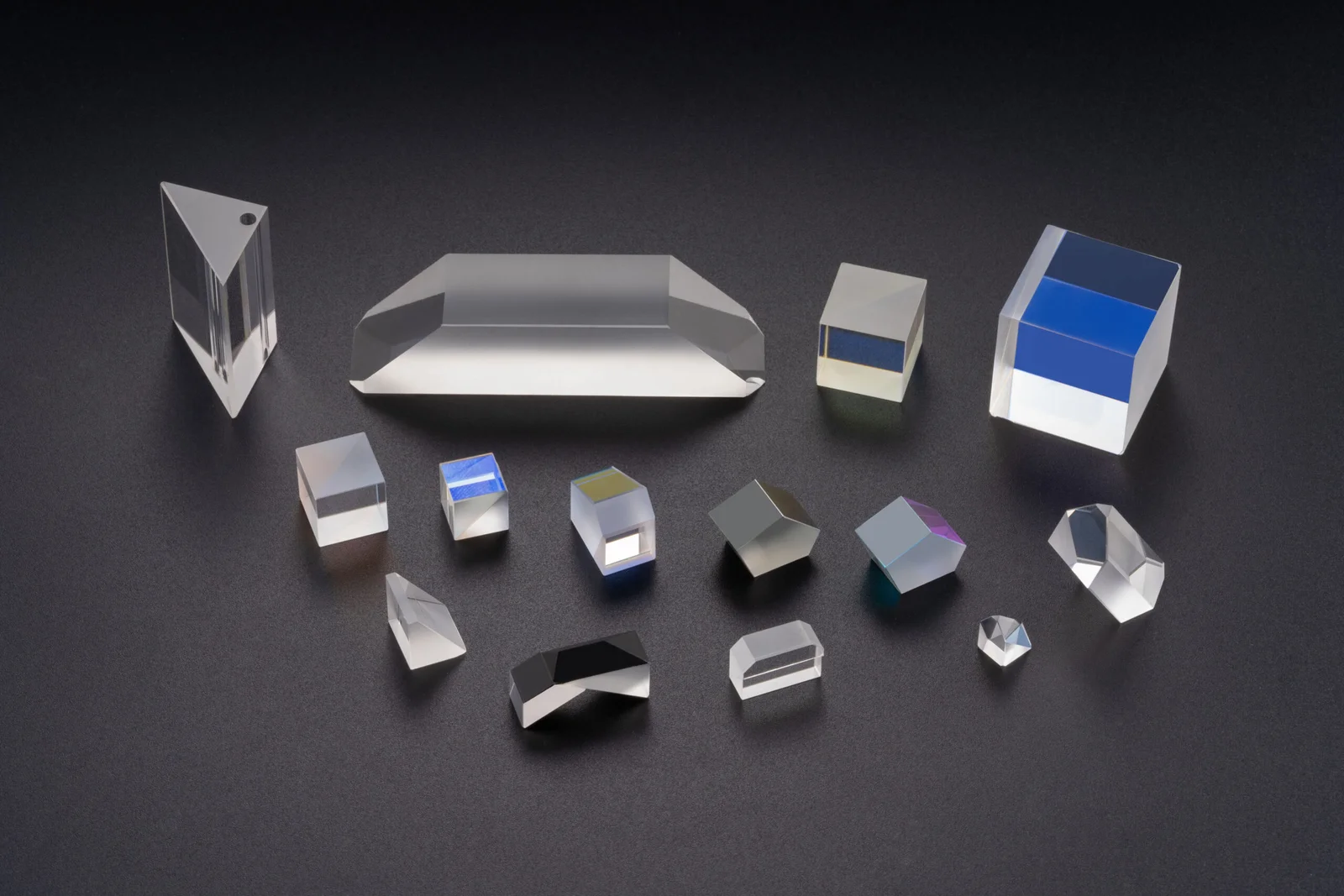Prism in Optics: How It Works, Types, and Real-World Applications

When you hear the word prism, you might picture a rainbow of colors passing through a glass triangle. But in the world of optics, a prism is much more than a pretty light trick. It’s a powerful tool used to reflect, bend, and split light for various technical and scientific purposes.
Whether in cameras, lab equipment, or laser systems, a quality prism plays a vital role in controlling the path and behavior of light.
What Is a Prism?
A prism is a transparent optical element with flat, polished surfaces that refract light. Most commonly made of optical glass, prisms are shaped into geometric forms like triangles or rectangles.
When light enters a prism, it changes speed and direction, depending on the angle and the type of material. This property allows prisms to manipulate light in useful ways, such as splitting it into its component colors (dispersion) or reflecting it internally to redirect a beam.
Common Types of Prisms
1. Dispersive Prism
Used to separate white light into different wavelengths. Often found in spectroscopy instruments.
2. Reflective Prism
Designed to reflect light using internal surfaces—ideal for turning or rotating beams in periscopes, binoculars, and laser optics.
3. Beam-Splitting Prism
Splits a beam of light into two or more paths. Common in optical sensors and high-tech cameras.
4. Penta Prism
Maintains a consistent 90° beam deviation, no matter the entry angle. Used in surveying tools and SLR cameras.
How Prisms Are Used
-
Cameras & Binoculars: Redirect light paths for compact optical designs.
-
Laser Systems: Adjust and align laser beams precisely.
-
Medical Equipment: Direct light in imaging and diagnostic tools.
-
Scientific Research: Split or combine beams in spectrometry and optical experiments.
-
Telecommunication Devices: Manage signal paths in fiber optic systems.
A well-made prism provides high performance and reliability in all of these areas.
Why Prisms Are Essential in Optics
-
Precise Light Control: Prisms offer accurate control over direction, angle, and color separation.
-
Durability: Optical-grade glass is resistant to heat and wear, making prisms suitable for demanding environments.
-
Versatility: Suitable for use in many different industries and instruments.
-
Low Maintenance: Prisms with anti-reflective coatings offer long-term performance with minimal upkeep.
Conclusion
Prisms are far more than simple glass shapes—they are essential tools in the world of optics. Their ability to control, split, or redirect light makes them invaluable in everything from laser technology to scientific research and consumer electronics. Investing in high-quality optical prisms ensures reliable results, clearer images, and better performance across all light-based applications.
- Art
- Causes
- Crafts
- Dance
- Drinks
- Film
- Fitness
- Food
- Games
- Gardening
- Health
- Home
- Literature
- Music
- Networking
- Other
- Party
- Religion
- Shopping
- Sports
- Theater
- Wellness


